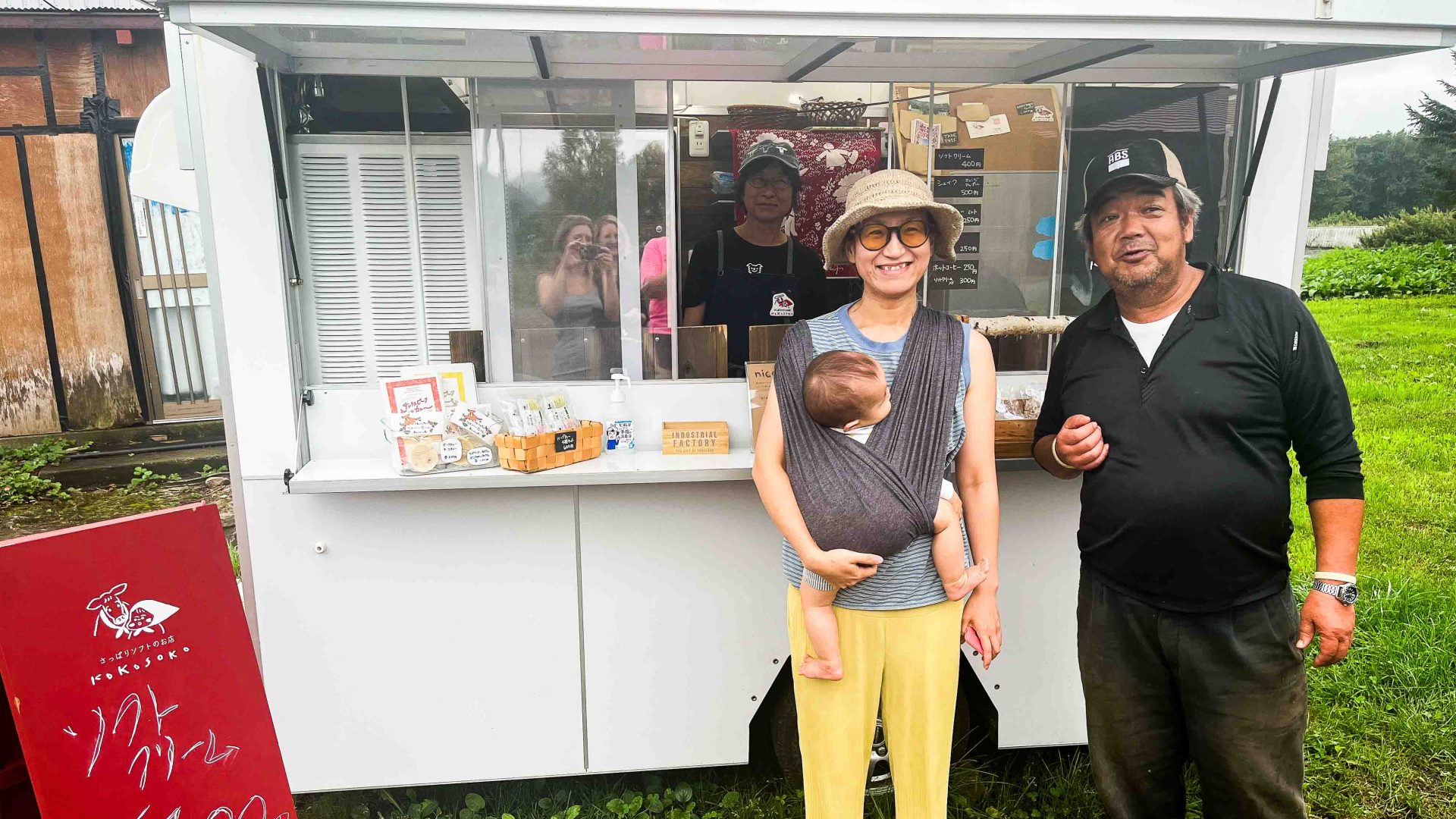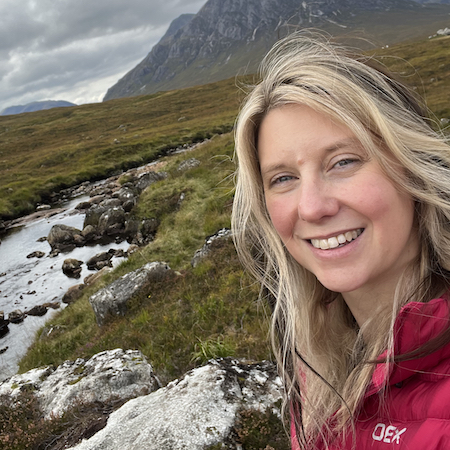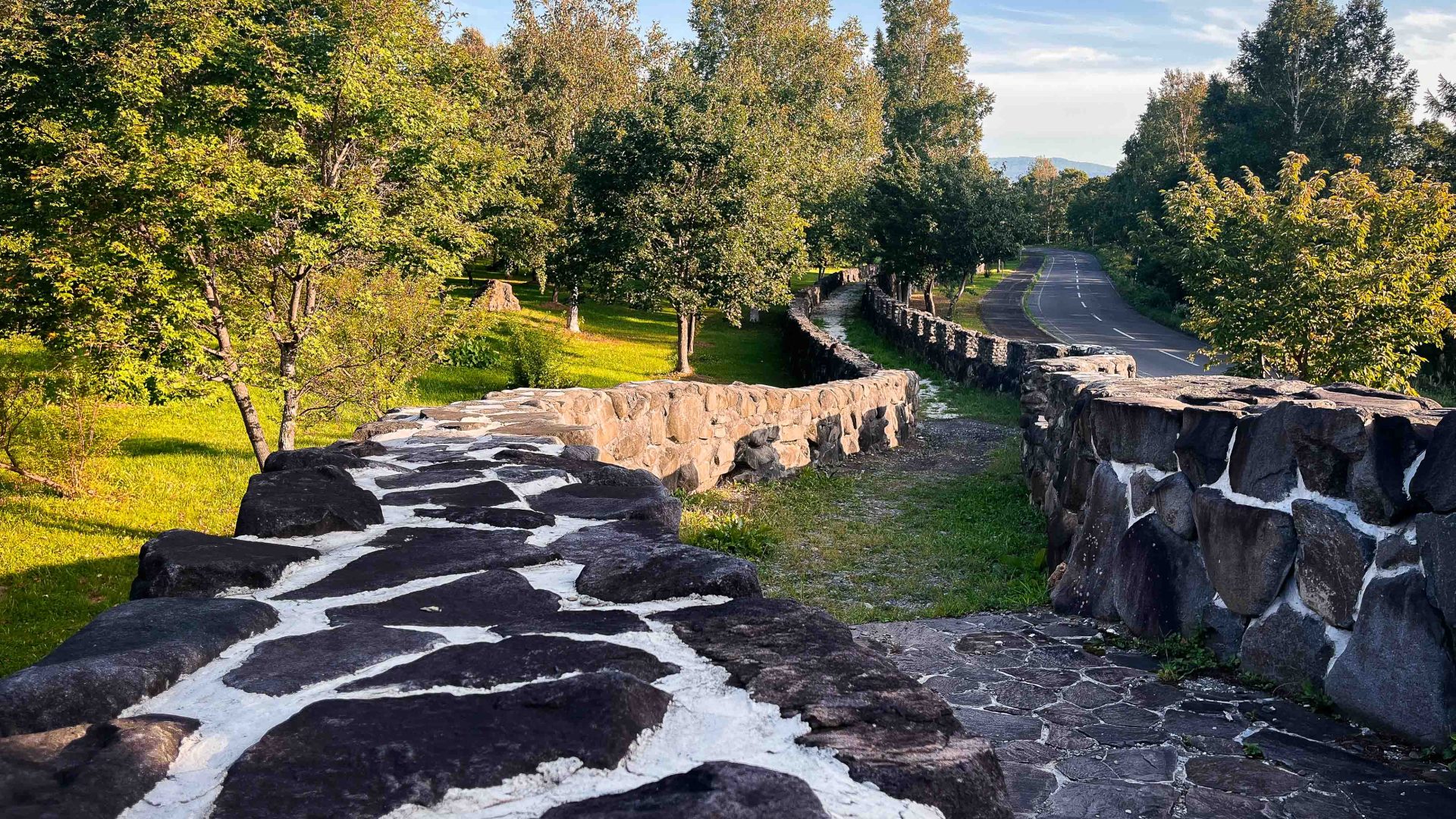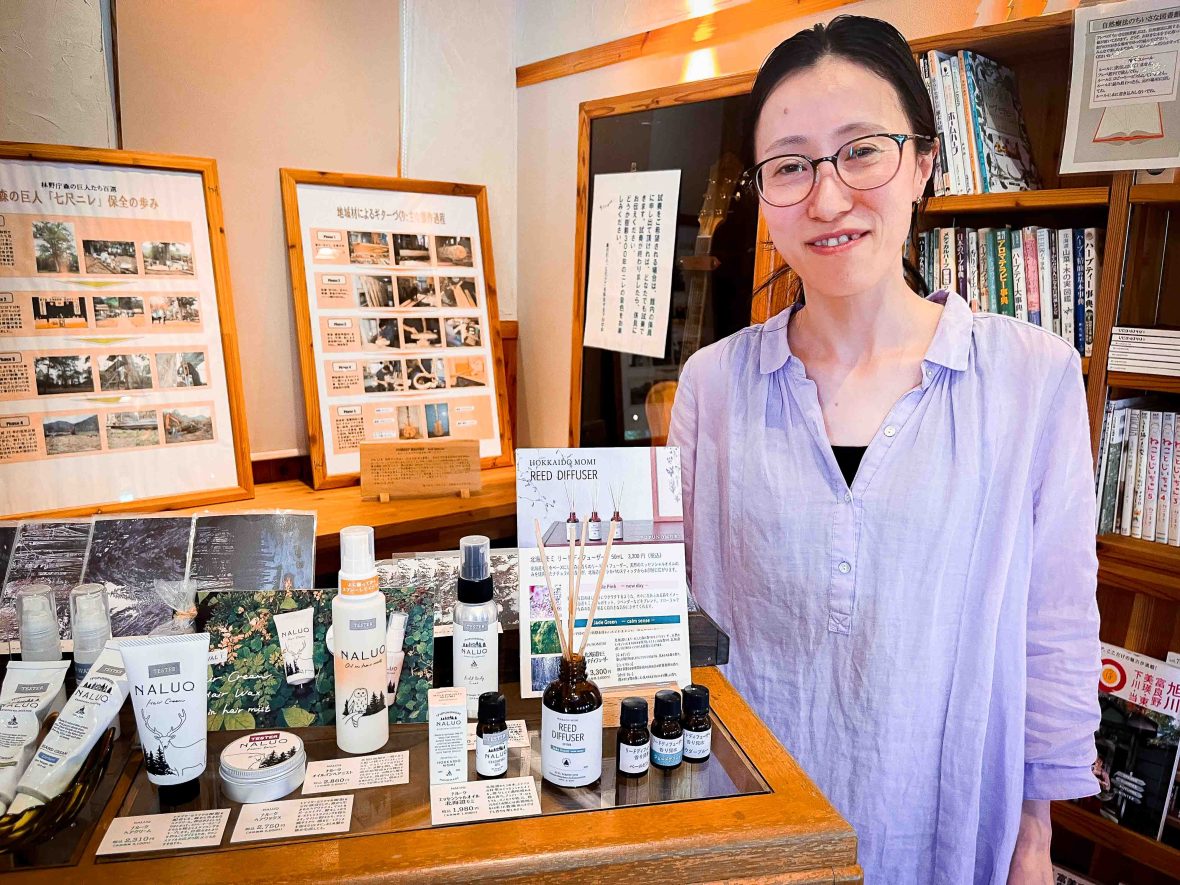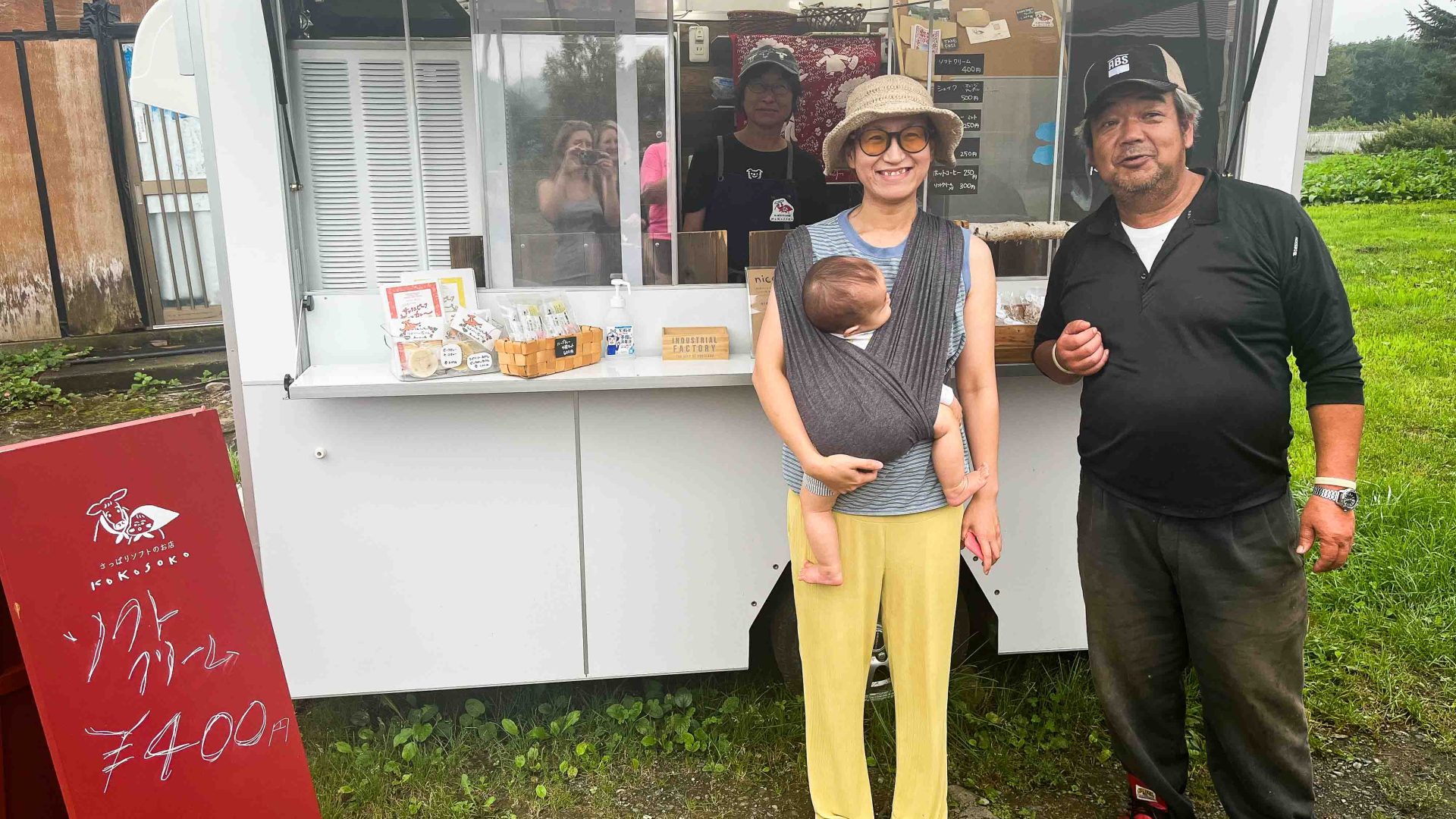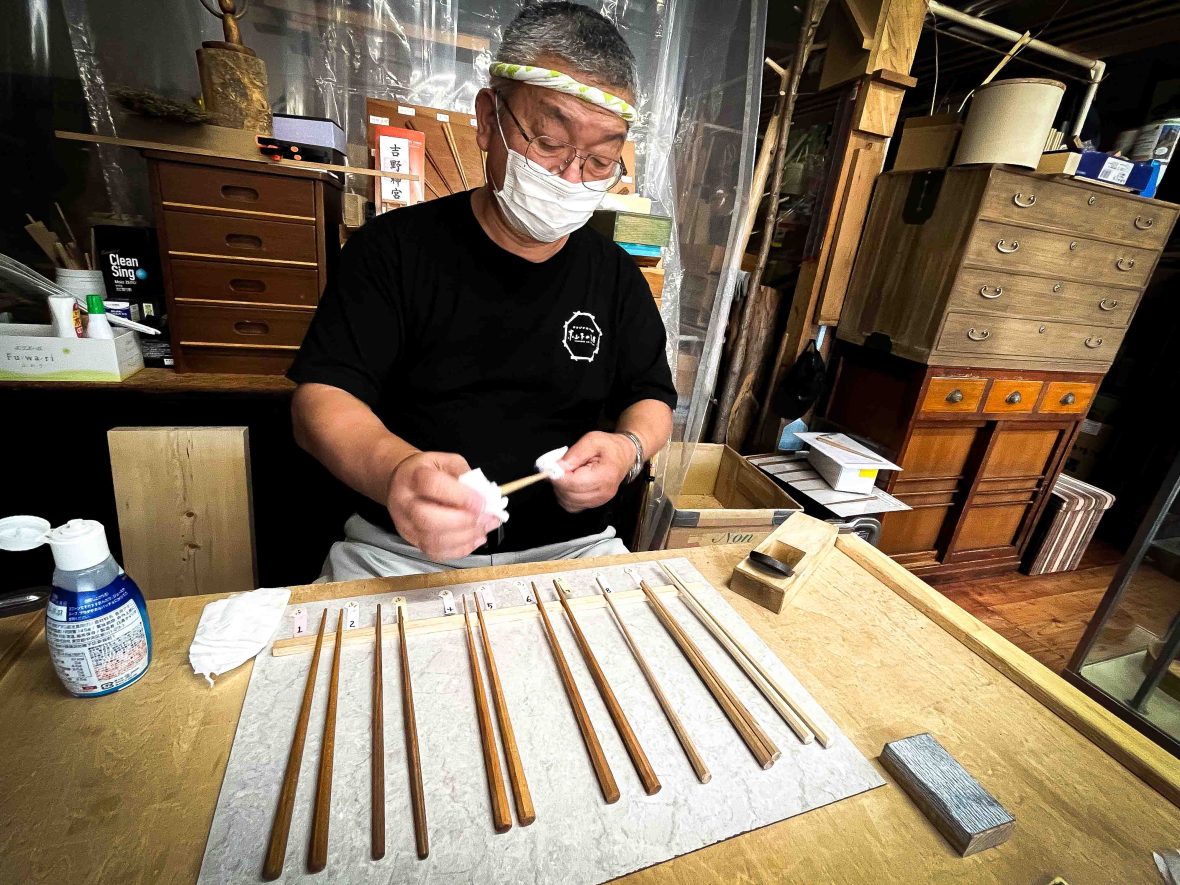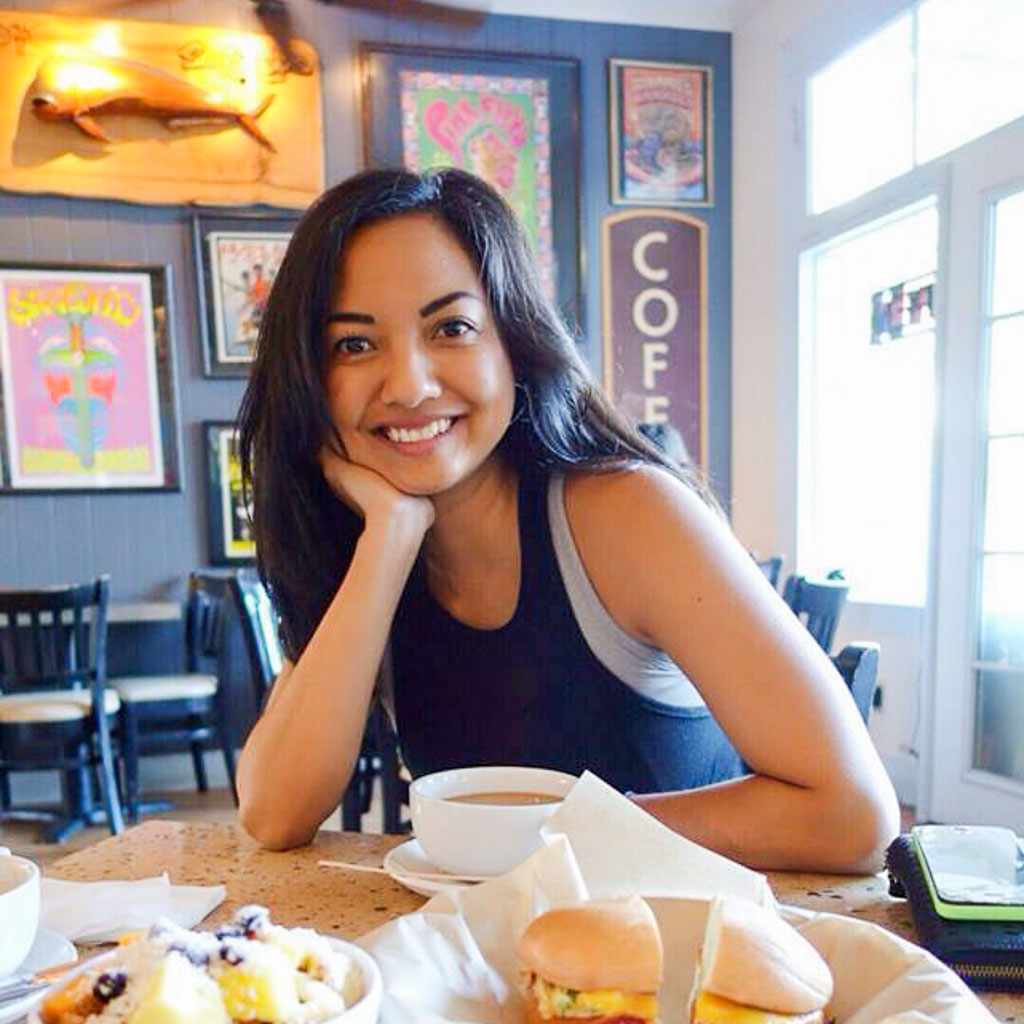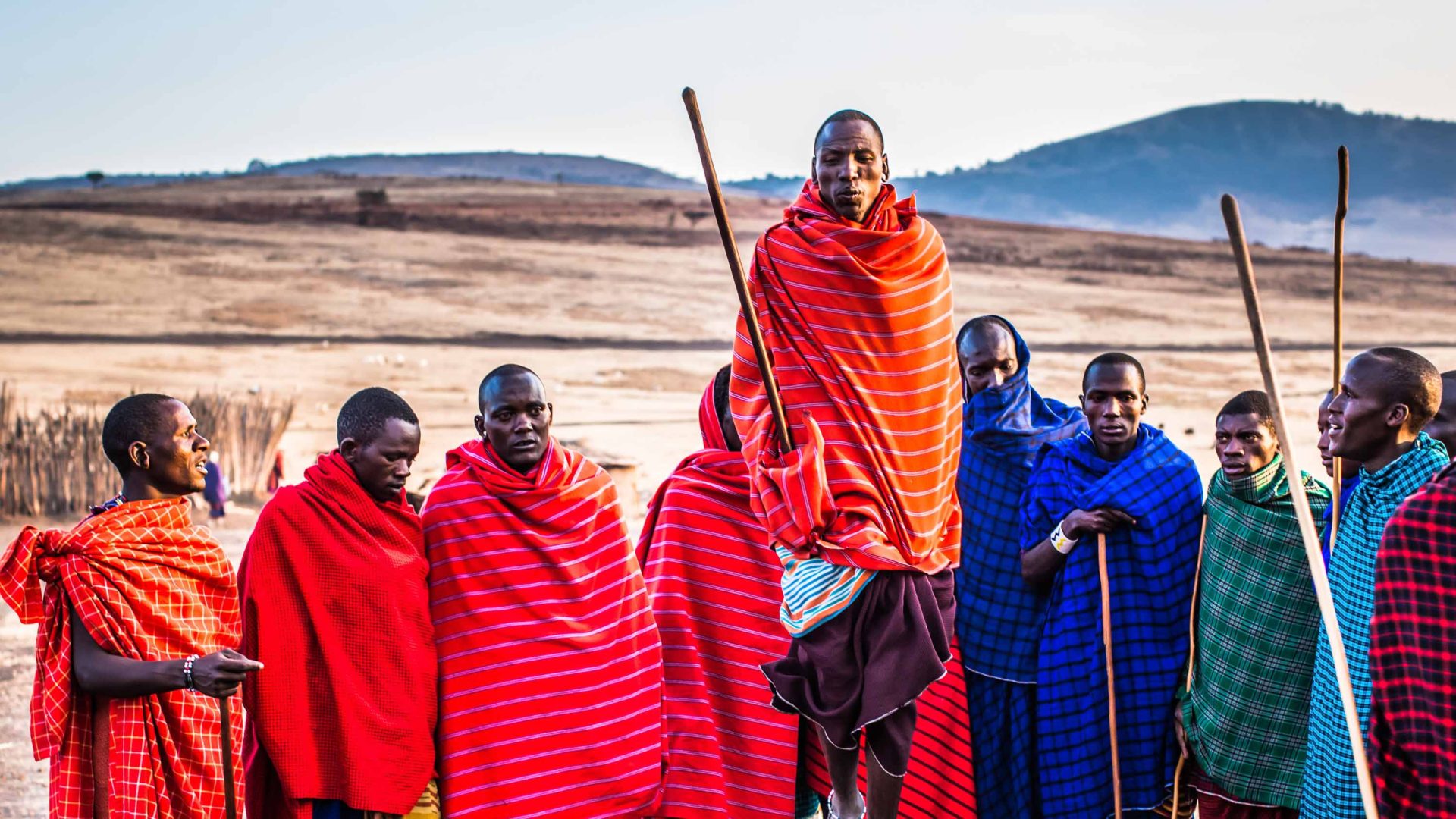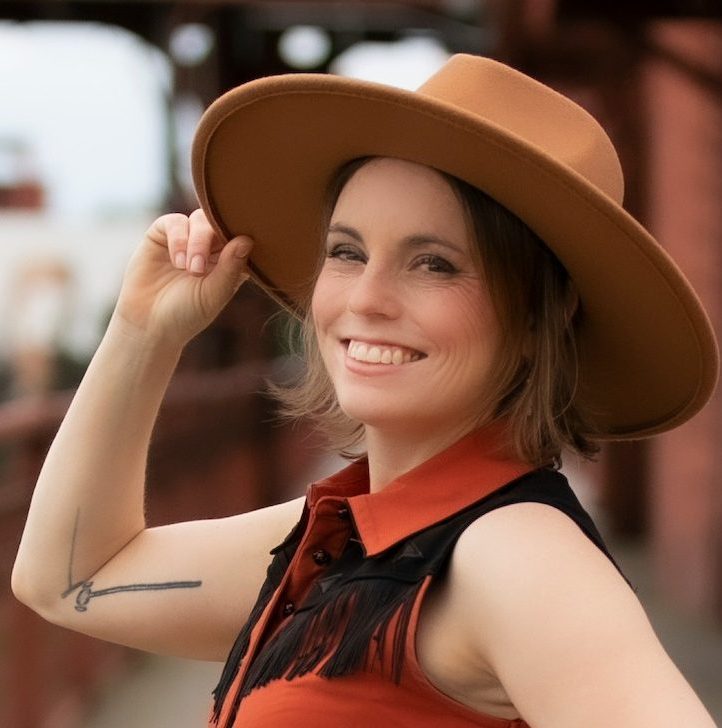I made my final stop on my way back to Sapporo, at Inoue Milk Ranch in nearby Takinoue. The farm has been in the same family for three generations, but in the last two decades, owner Hiroyuki Inoue changed his business model to free-range, thinking that happy cows make for tastier milk.
At first, his method was laughed at by other farmers—he makes less milk his way. But having decided to pasteurize his product on sight and use it to make ice cream—where every pint can be traced back to a certain cow (all with names), he can charge more than his neighbors. Not only that, but he has also opened his fields to allow visitors to walk among his prized milk makers on a mindful stroll excursion. His dairy is now a popular tourist attraction, but even better for him is that his daughters have now moved back to live in the town with their small children, and have a viable family business to take over one day. One of them has even started her own café.
As I looked from the eyes of the cow I was strolling alongside and back over to the family who was welcoming a couple of cosplay-dressed Tokyoites who had heard about the place on Instagram, I couldn’t help but think, that although I was simply standing in a field, I was actually amid a developing blueprint to how the cities both here and around the world may one day look in the future.
As it stands, the ‘FutureCity’ we should maybe be betting on isn’t some high-tech cyber city—but more an intentional return to how we all used to live—in tight-knit communities that locally make all that we need with fewer products, suppliers and impacts. In Shimokawa, it turns out, the salve is simplicity.
